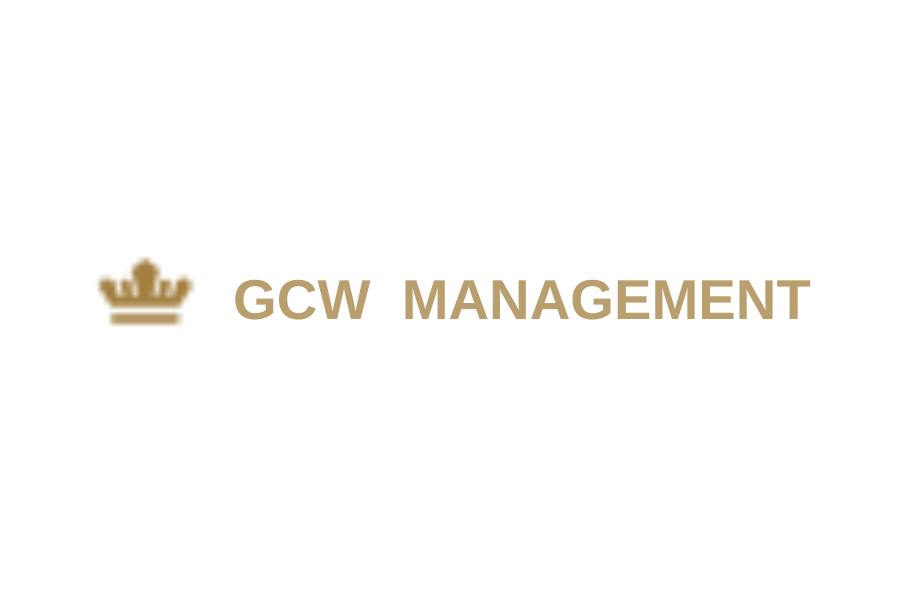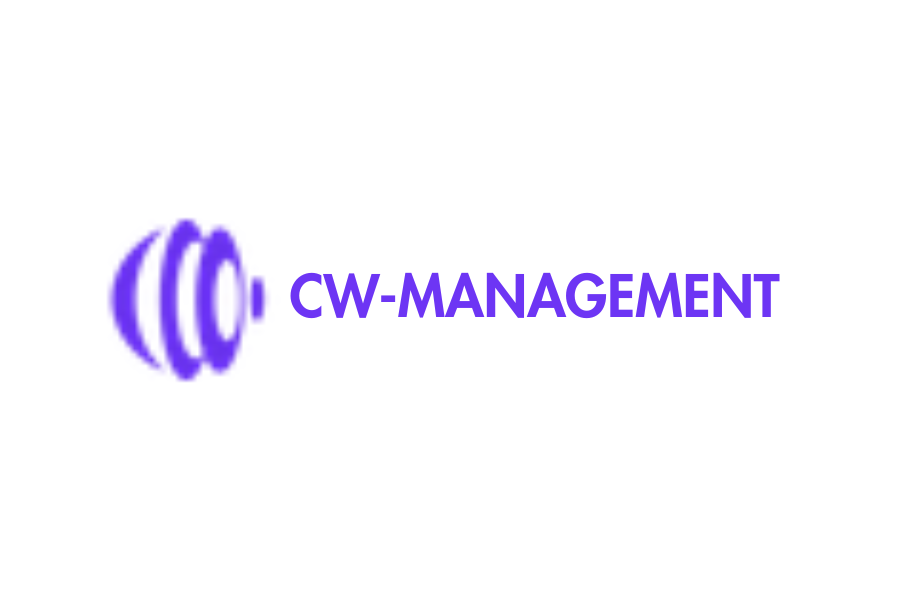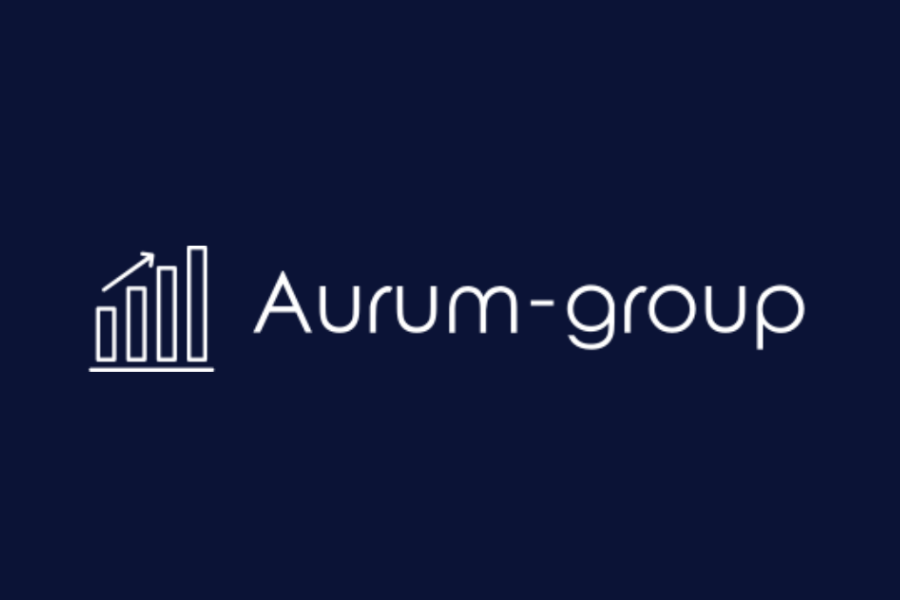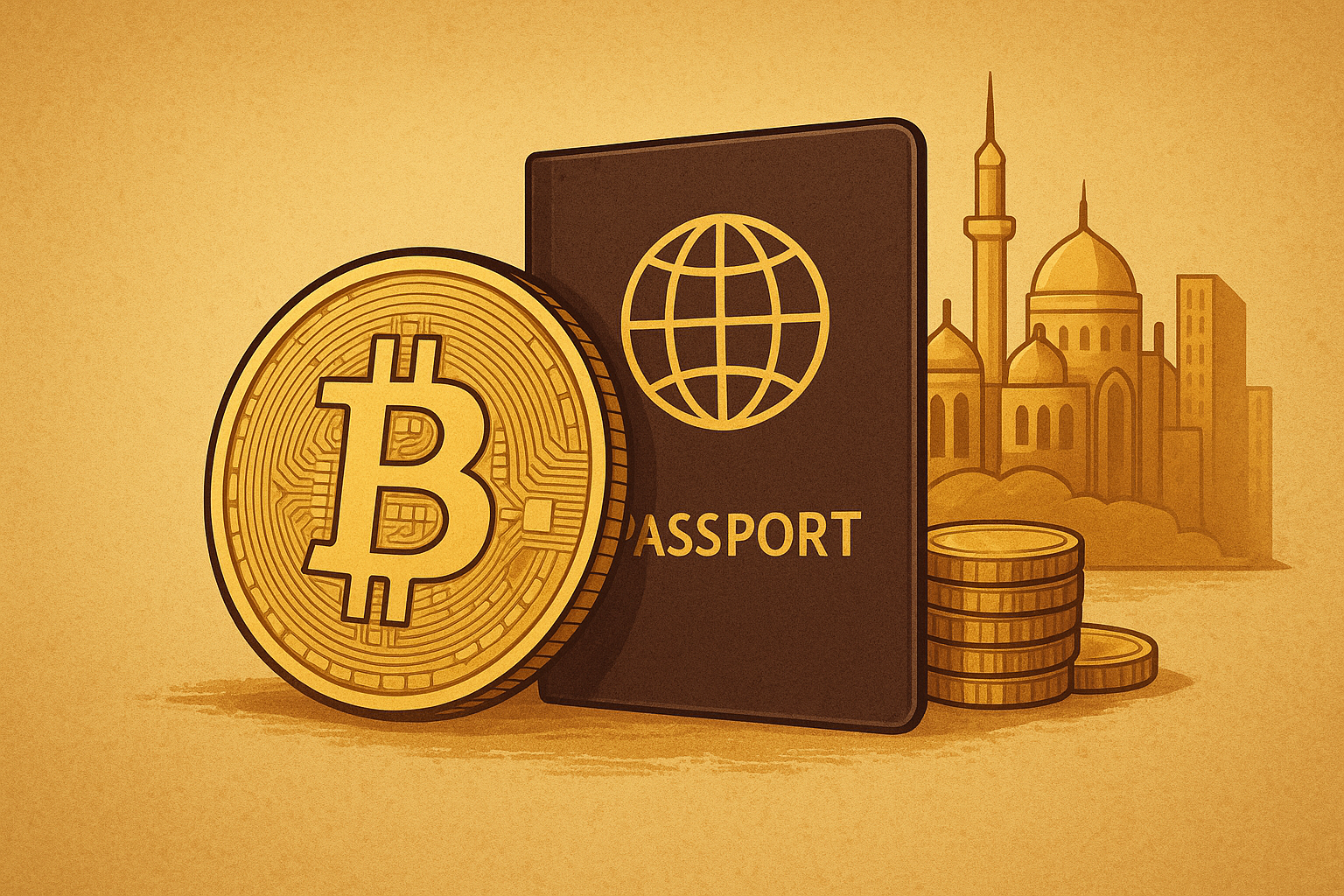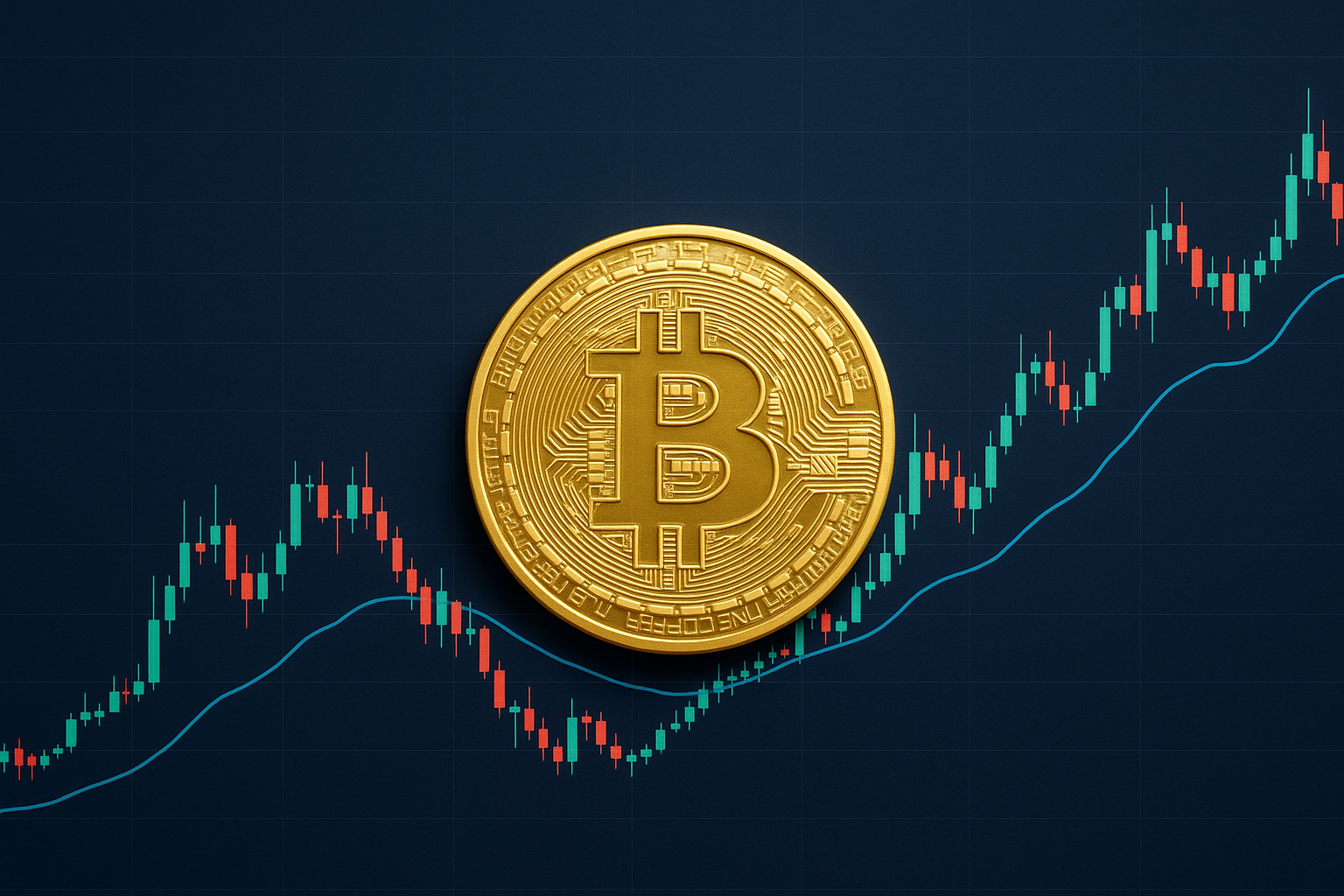Introduction
In a significant leap for the payments and digital currency ecosystem, Mastercard has announced a strategic partnership with Singapore based fintech firm Thunes to enable stable coin wallet payouts at scale. The collaboration, revealed on November 14, 2025, marks a deliberate move to integrate regulated stable coins as a payout endpoint within Mastercard’s established payout infrastructure. By offering banks, payment service providers and end users more choice—whether funds settle to bank accounts, cards, cash or now stable coin wallets—this initiative aims to bridge the traditional finance world with the emerging digital asset economy.
Background: The Players And Their Platforms
Mastercard has long operated a global money movement network known as Mastercard Move: a platform for payouts to bank accounts, cards and cash across more than 200 markets and over 150 currencies. Meanwhile, Thunes is a cross border payments infrastructure provider whose proprietary Direct Global Network reaches over 130 countries, connects to more than 7 billion mobile wallets, stable coin wallets and bank accounts, and supports more than 80 currencies. Together, their collaboration seeks to expand the reach of regulated stable coins as a payout vehicle globally, enabling near real time, 24/7 transactions that bypass some of the frictions inherent in traditional banking or remittances.
What The Partnership Delivers?
Near Real Time Stable Coin Wallet Payouts
Mastercard Move will leverage Thunes’ Direct Global Network to facilitate near real time payouts to stable coin wallets. This means that banks, non bank financial institutions and payment service providers can now deliver funds directly to a stable coin wallet endpoint—alongside cards, bank accounts and cash. The availability of 24/7 payout capability is a key differentiator.
Expanded Choice of End Points
One of the salient points of the collaboration is giving end users more choice in how they receive funds. Rather than being restricted to bank accounts or cards, recipients may opt for stable coin wallets, offering flexibility particularly in markets where banking infrastructure is limited. According to Mastercard’s Global Head of Transfer Solutions, Pratik Khowala, with Mastercard Move, transfers are enabled in over 150 currencies to more than 10 billion endpoints including accounts, cards and cash. With this collaboration, stable coin wallets are added to that mix, giving end users more choice and unlocking new possibilities.
Boosting Financial Inclusion
The announcement emphasises that this is not merely a technology upgrade but a step toward broader financial inclusion. Thunes’ COO, Chloe Mayenobe, noted that the mission is to enable the next billion end users to take part in the global economy. By enabling stable coin payouts, the partnership intends to serve individuals and businesses in underserved markets, where access to banking and effective payout options may be limited.
Why Does This Matter?
Bridging Traditional and Digital Finance
The initiative marks a tangible example of how legacy payment networks are adapting to digital asset innovation. By embracing stable coins—not as exotic investment tokens but as functional settlement and payout mechanisms—Mastercard and Thunes signal that digital currencies are moving from niche to mainstream utility. The collaboration can be seen as a bridge between fiat based payments and blockchain native flows.
Real World Utility of Stable Coins
Stable coins, cryptocurrencies pegged to a stable asset like the U.S. dollar, have often been discussed in speculative or investment contexts. This partnership emphasizes utility: payouts, cross border transfers and settlement endpoints. That shift to real world payment flows is key for stable coins to gain traction beyond crypto native users.
Infrastructure and Global Reach
Both companies bring significant global infrastructure. Mastercard’s Move platform already operates at scale in over 200 markets. Thunes’ network connects billions of wallets and spans dozens of currencies and geographies. This means the partnership is not limited to fintech novelties, but has the potential for broad global deployment. The ability to reach into emerging markets, mobile wallet heavy economies and cross border corridors makes the collaboration especially noteworthy.
Use Cases And Scenarios
Remittances and Cross Border Payouts
One immediate area of application is remittances—workers abroad sending funds home to family in countries with limited banking infrastructure. By enabling payouts into stable coin wallets, recipients can receive funds instantly, convert or spend them locally, or hold them in digital form. The 24/7 capability and speed may reduce costs and delay compared with traditional remittance rails.
Gig Economy and Marketplaces
Another potential use case is gig economy platforms, marketplaces or creator economy services that need to pay workers globally with speed and minimal cost. By integrating with Mastercard Move and Thunes, such companies could offer payouts in stable coins to freelancers, content creators or platform participants in diverse geographies, increasing flexibility and reducing dependency on local banking rails.
Corporate and Institutional Payouts
Beyond individuals, institutions or banks may use stable coin endpoints for corporate disbursements, loyalty or reward programmes, or digital asset enabled business models. The partnership provides a framework for banks to offer clients the option of stable coin wallet payouts either as an alternative or supplement to traditional methods.
Challenges And Considerations
Regulatory and Compliance Risks
While stable coins offer convenience and speed, they remain subject to regulatory scrutiny especially concerning money laundering, cross border compliance, currency controls and digital asset regulation. Mastercard and Thunes will need to ensure rigorous compliance frameworks to manage KYC, AML, sanction screening, and other cross border risk factors. The global scale of their operations makes this even more critical.
Volatility and Stability Mechanism
Although stable coins are designed to maintain value parity with a reference asset such as USD, issues of backing, transparency, and redemption risk persist in the crypto asset sector. When used for payouts, end users and payout providers must trust that the stable coin is indeed stable and redeemable locally. The payout mechanism must account for any friction in converting from stable coin to local currency or usage.
Local On Ramp and Off Ramp Infrastructure
In many regions, receiving stable coin wallets may be only part of the puzzle. Converting that digital asset to local fiat, spending it locally, or withdrawing may require reliable local on ramps or off ramps. Without those, the utility of stable coin payouts could be limited to certain tech savvy users. The partnership will need to consider local infrastructure and regulatory regimes to make payouts genuinely viable.
Strategic Implications For Mastercard And Thunes
For Mastercard, this move aligns with a broader strategy to remain relevant in a world where digital currencies are increasingly embedded in payment flows. Rather than view stable coins as a threat, Mastercard is embracing them as an extension of its payout reach, positioning itself as the trusted bridge. For Thunes, the partnership grants access to Mastercard’s network and gives its stable coin payout solution global scale and credibility.
Furthermore, as banks and payment service providers evaluate their payout technology stacks, the combined Mastercard Thunes offering may become a compelling option: an end to end solution delivering speed, global reach and stable coin endpoints. Over time, this could shift expectations, with stable coin wallet becoming a first class endpoint.
Market And Industry Reactions
Industry observers have noted the partnership as a watershed moment in payments evolution. The initiative will allow users to receive payments in regulated stable coins through Mastercard’s network, bridging digital assets with traditional payment systems. Analysts view the move as part of a broader push to embed digital asset settlement rails within traditional finance infrastructure, and to open new corridors of payments, especially in emerging markets where banking coverage is incomplete.
What Comes Next?
Roll Out and Integration
In practical terms, the next steps for the partnership will involve onboarding banks, payment service providers and end users to integrate the stable coin payout endpoint. Implementation may involve APIs, wallet connectivity, compliance layers and local partner ecosystems. Monitoring how many payouts move through stable coin endpoints versus traditional methods will be a key metric.
Expansion into New Corridors
Given Thunes’ global footprint and Mastercard’s network, there is opportunity to scale the solution across Africa, Asia, Latin America, and cross border corridors that historically have high remittance flows or under banked populations. The ability to offer low cost, near instant payouts could generate new volume in markets currently underserved by traditional payout rails.
Further Innovations in Digital Currency Payment Flows
This partnership may be a stepping stone toward other innovations including tokenised settlements, central bank digital currency integrations, programmable payments, or stable coin based merchant settlement. As digital asset adoption accelerates, payments companies, both incumbents and challengers, will continue to evolve their offerings.
Risks And What To Monitor?
Regulatory shifts, stable coin health, adoption by end users, operational complexity, and competitive responses are factors that could impact success. Stable coin payouts add choice, but widespread adoption will depend on ease of use, local conversion options, trust, and supportive infrastructure.
Conclusion
The partnership between Mastercard and Thunes to enable stable coin wallet payouts represents a meaningful milestone in payments and digital asset convergence. By offering near real time, 24/7 payout options to stable coin wallets globally, the collaboration seeks to unlock new flexibility for banks, payment service providers and individuals, particularly in underserved markets.
The initiative underscores the growing role of digital currencies in mainstream finance, not as speculative instruments but as operational tools for global money movement. While risks remain, the combined scale and reach of Mastercard’s network and Thunes’ global payment rails give this collaboration strong potential to reshape how payouts are conducted across geographies and endpoints.








